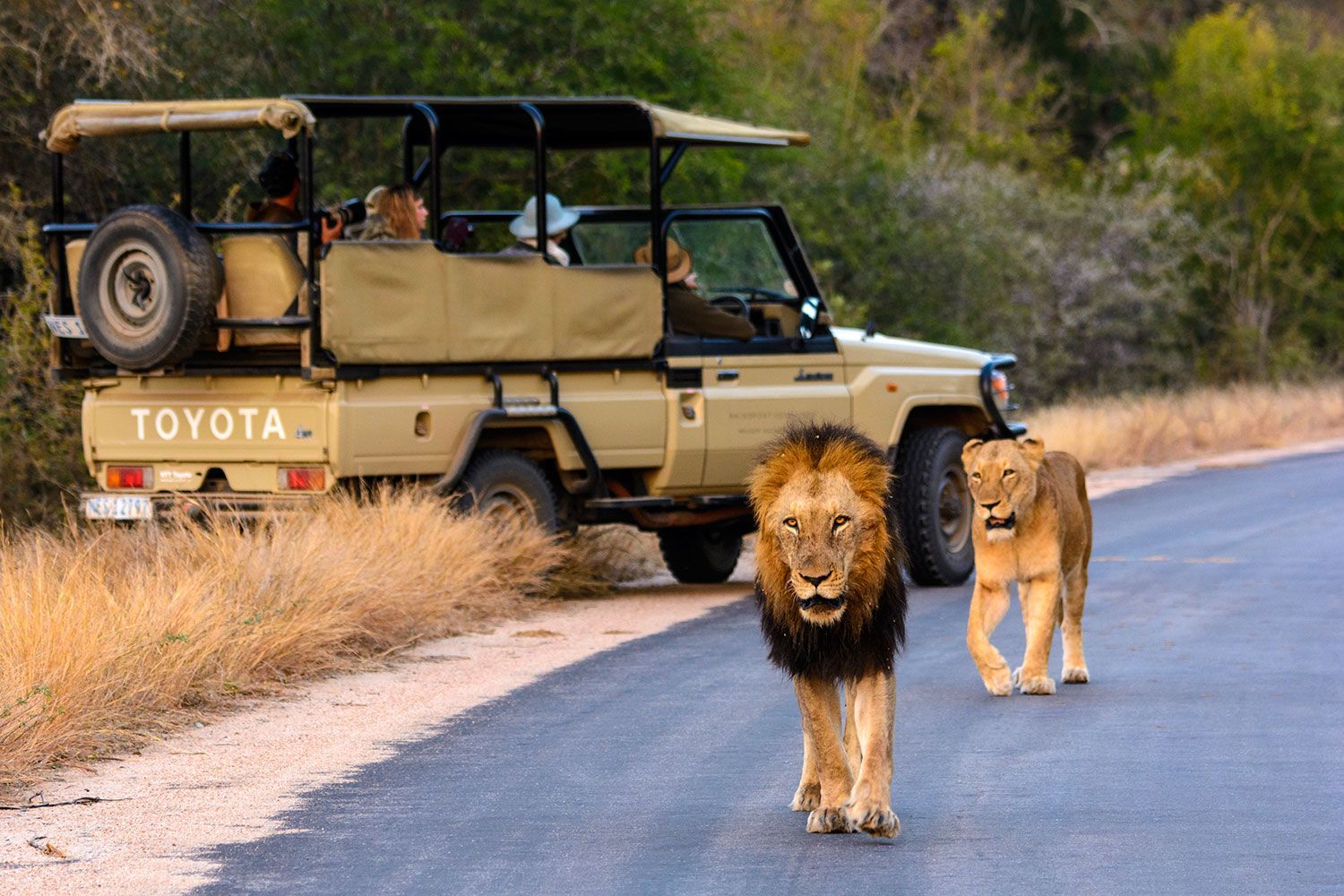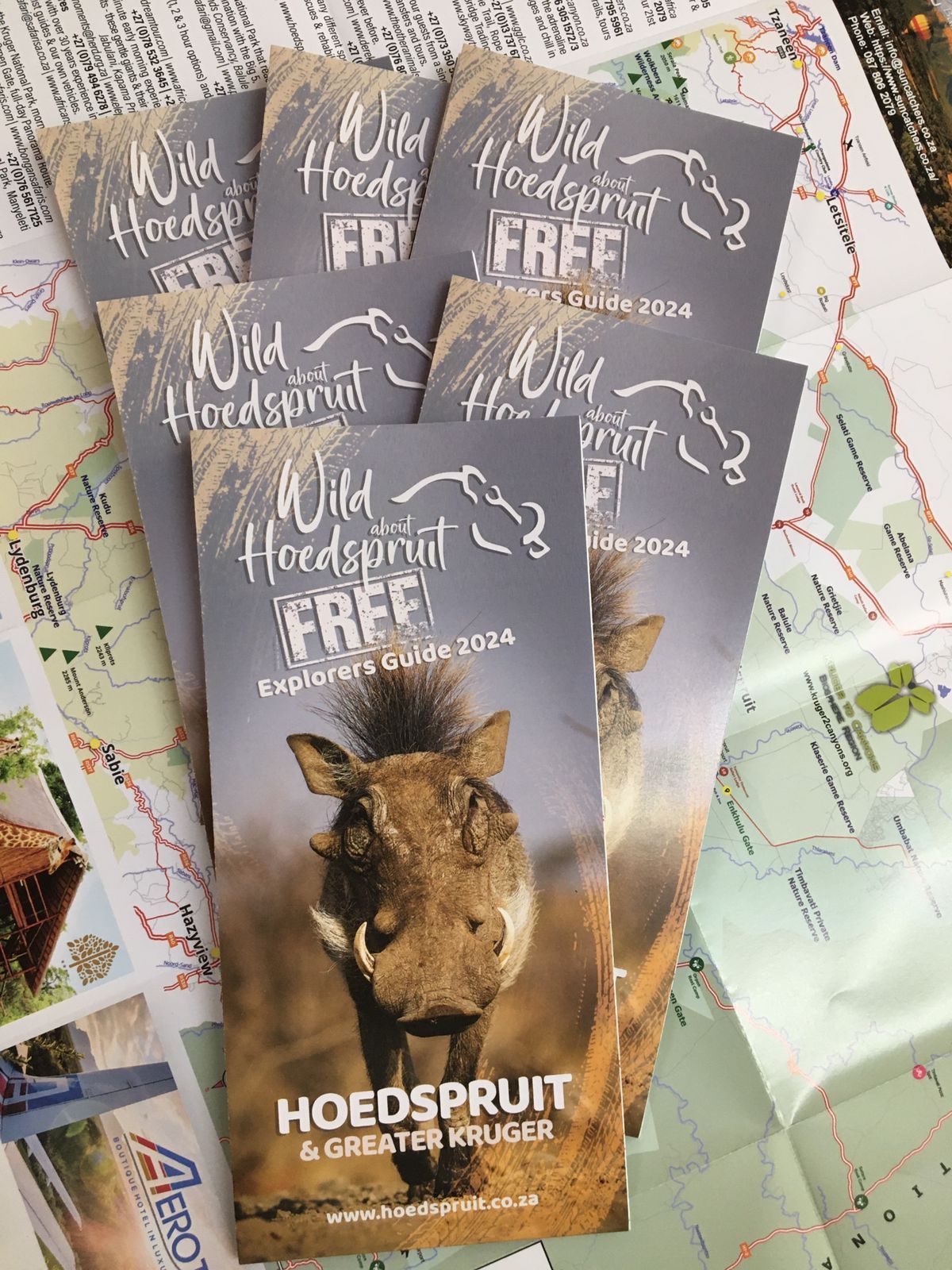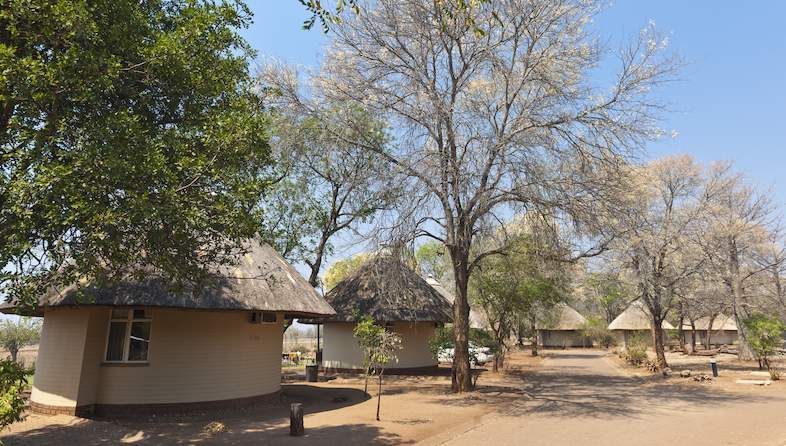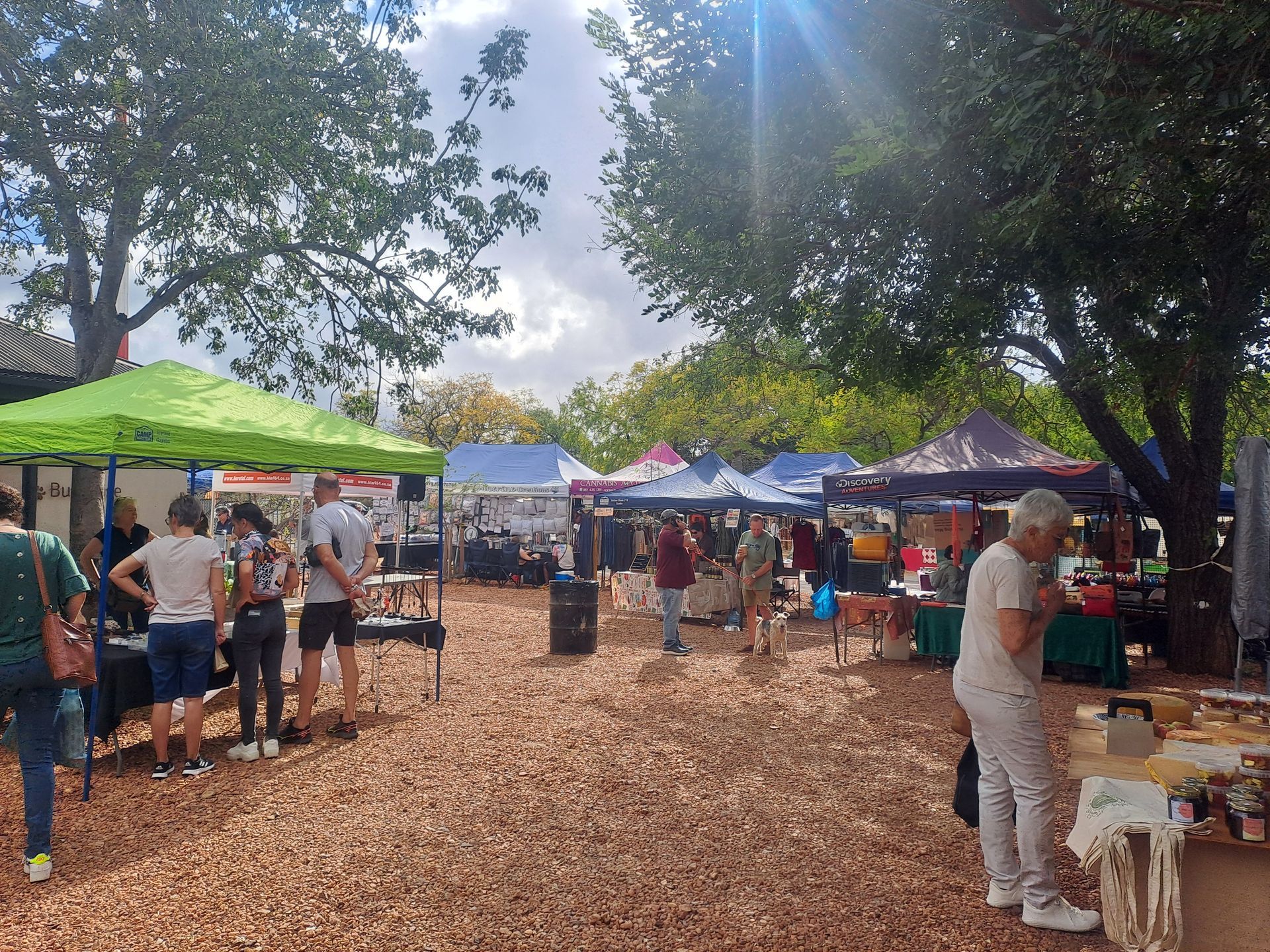Zebra in Kruger National Park: A Complete Guide
The zebra, with its distinctive black and white stripes, adds a touch of enchantment to the wild landscapes of Kruger National Park. The sight of these graceful creatures grazing against the backdrop of the African savanna is an experience that captures the essence of the untamed.
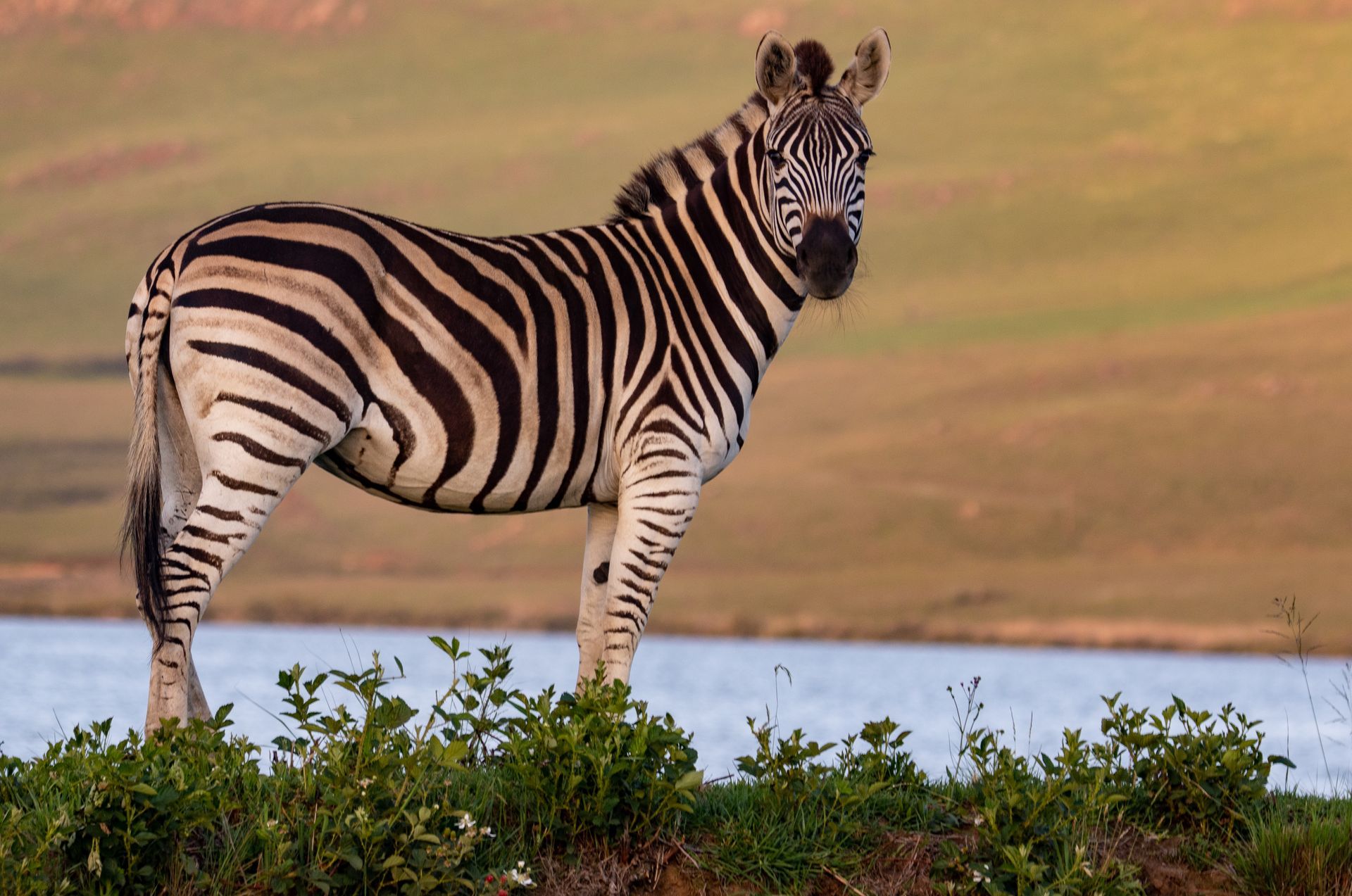
Why it's an Exciting Species to Encounter in Kruger
Zebras, with their striking patterns and vibrant presence, contribute to the allure of Kruger National Park. Their unique behaviors, social interactions, and iconic appearance make them a must-see for wildlife enthusiasts exploring the park.
Identification
Physical Characteristics
Zebras are medium-sized equids known for their distinctive black and white stripes. Each zebra's stripe pattern is unique, and they have upright manes along their necks. Common species in Kruger include the Burchell's zebra, identified by its shadow stripes between the main stripes.
Unique Features for Easy Identification
Close examination of the stripe patterns, especially around the neck and shoulders, allows for individual identification. Some zebras may have scars or markings, adding to their distinctiveness.
Fascinating Facts
Interesting and Lesser-Known Facts about the Animal
Zebras are not just visually captivating; they play a crucial role in the ecosystem. Their grazing behaviors contribute to maintaining grassland health, and their presence often benefits other herbivores by alerting them to potential threats.
Its Role in the Ecosystem
Zebras are essential grazers that prevent overgrowth of grasses, promoting biodiversity. They are also a key food source for predators, contributing to the intricate balance of the Kruger National Park ecosystem.
Habitat and Range
Where in Kruger Can You Find This Animal?
Zebras are distributed throughout Kruger National Park, favoring open grasslands, savannas, and woodland edges. They are often found near water sources, such as rivers and watering holes.
Preferred Habitats and Behaviors
Zebras are well-adapted to a variety of habitats, but they prefer areas with ample grazing opportunities. Their migratory patterns are influenced by the availability of food and water.
Best Times for Sighting
Seasonal Variations in Visibility
Dry seasons, from May to September, offer optimal visibility as the thinning vegetation makes zebras easier to spot. Mornings and late afternoons provide the best lighting conditions for observing and photographing these charismatic animals.
Preferred Times of the Day
Zebras are active throughout the day, but dawn and dusk are prime times for sightings. The soft sunlight during these periods enhances the beauty of their contrasting stripes.
Behavior and Social Structure
Behavioral Patterns and Interactions
Zebras exhibit various behaviors, including grazing, grooming, and playful interactions. They are also known for their alertness and the formation of small family groups for added protection against predators.
Social Dynamics if Applicable
Zebras typically form small family groups led by a dominant male or female. These groups provide safety in numbers and support social interactions essential for their survival.
Conservation Status
Current Conservation Status
While not currently considered endangered, zebras face threats such as habitat loss, competition with livestock for resources, and predation. Conservation efforts aim to ensure the preservation of their habitats and mitigate human-wildlife conflicts.
Any Particular Threats or Challenges the Species Faces
Human encroachment and habitat fragmentation are key challenges for zebra populations. Conservation initiatives focus on maintaining connectivity between habitats and raising awareness about the importance of coexistence.
Tips for Spotting
Key Signs to Look For
Look for the distinctive black and white stripes against the landscape. Pay attention to their behavior, as zebras often display alertness, particularly when predators are nearby.
Popular Regions within Kruger for Sightings
Areas such as the central plains, the grasslands around Satara, and the southern regions near Lower Sabie are renowned for zebra sightings. Watering holes are excellent locations to observe zebras during their grazing activities.
Encountering zebras in Kruger National Park is a celebration of the diversity and resilience of African wildlife. As visitors, let's appreciate the significance of these iconic creatures and contribute to their conservation by observing them responsibly.
Additional Resources
- Kruger National Park
- African Wildlife Foundation: Plains Zebra
- Guided Safaris in Kruger: Wild About Kruger
Wild About Kruger
Explore the Wild About Kruger series, your comprehensive source for discovering the magic of Kruger National Park from the hub of Hoedspruit. Here, we delve into all you need to know, from incredible wildlife experiences to insider insights and travel arrangements.
Share This Article
Quicklinks
Related Articles
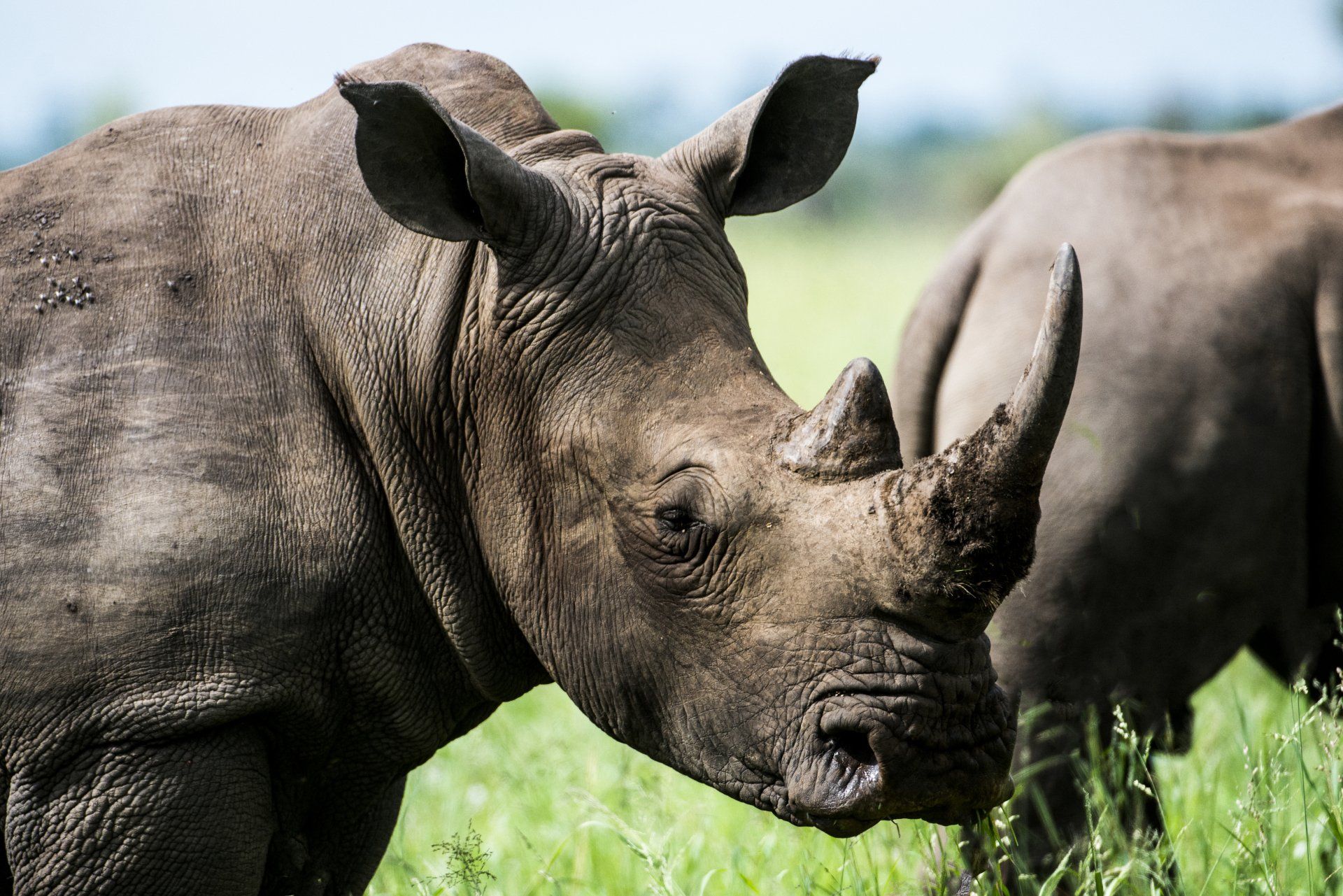


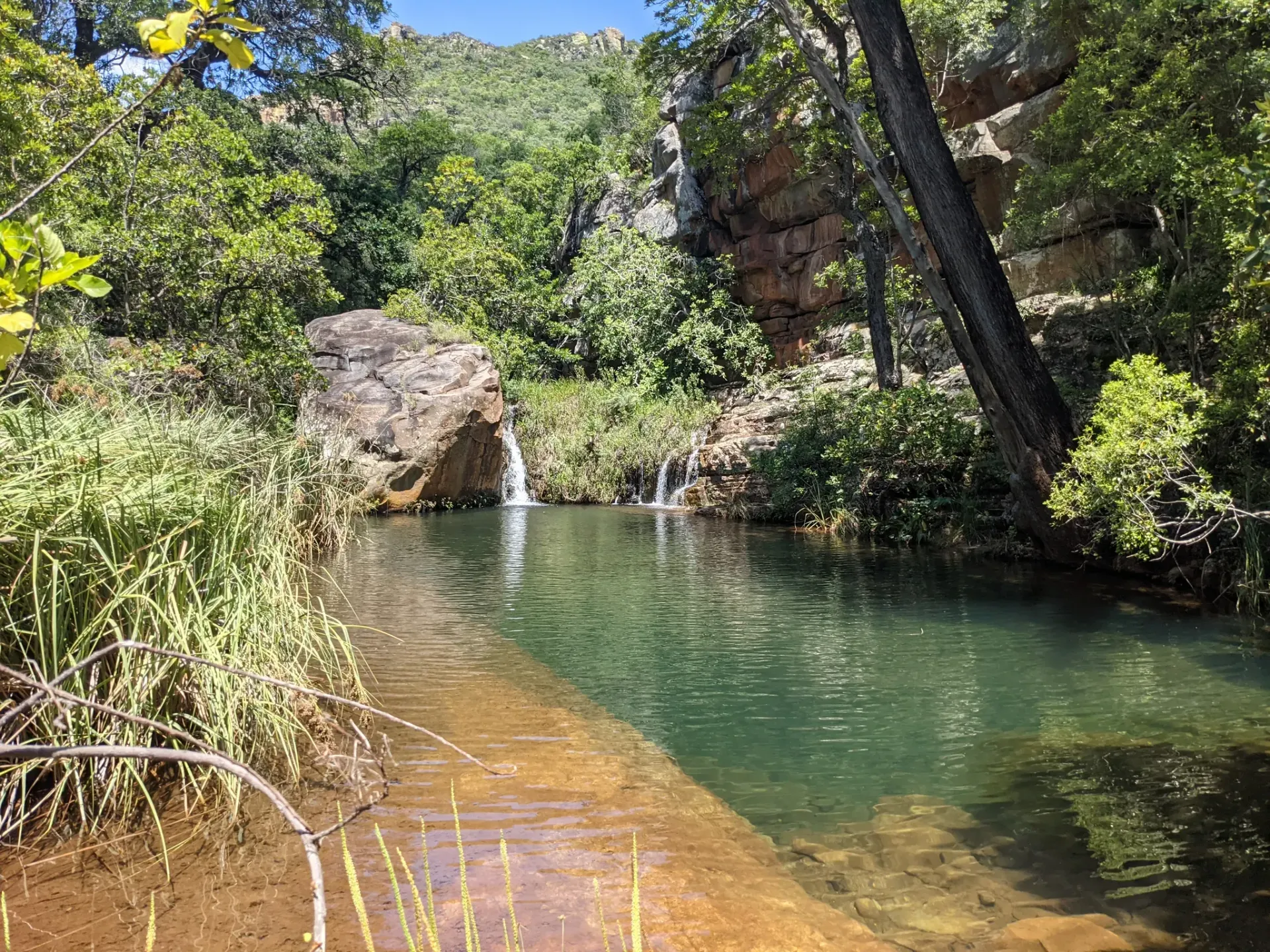
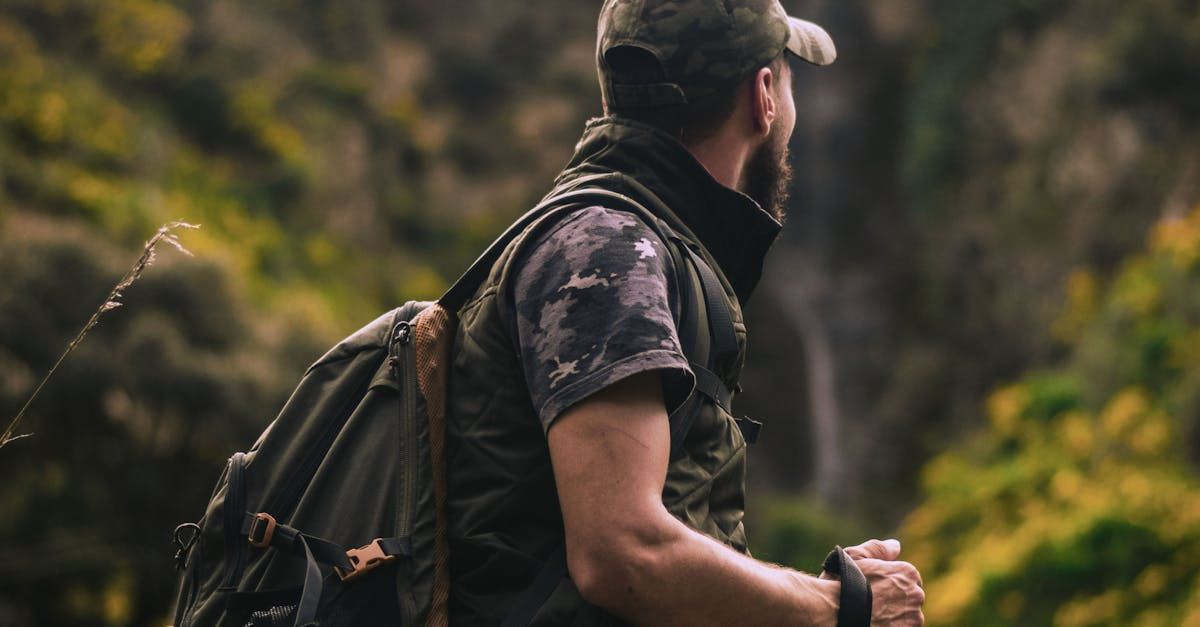
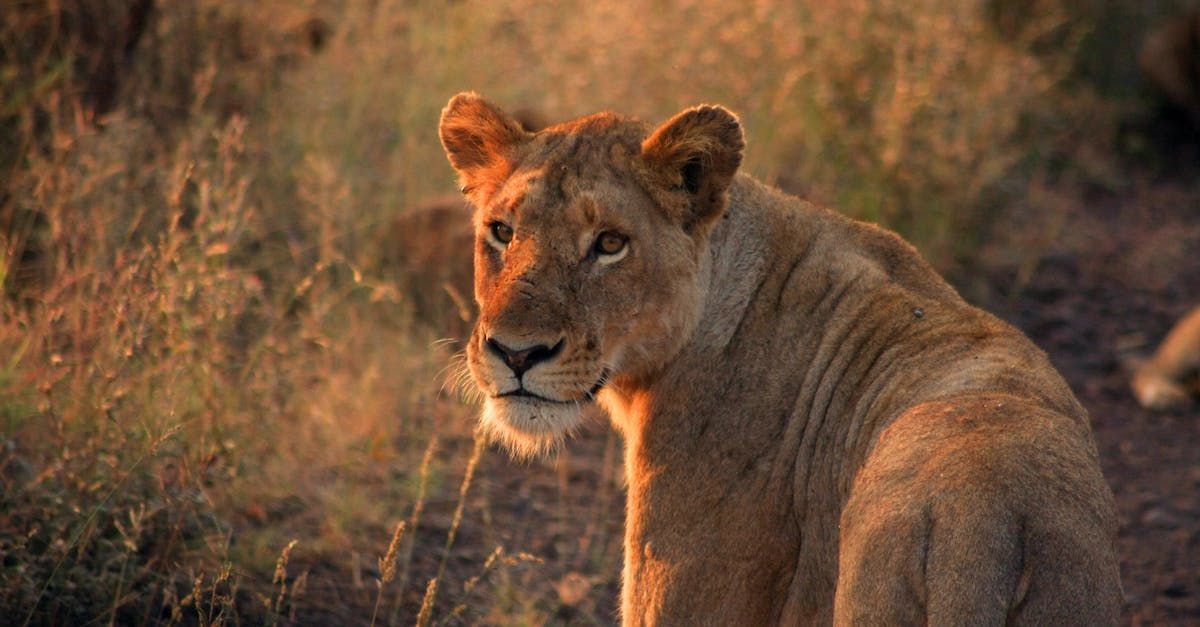

Hoedspruit Articles




